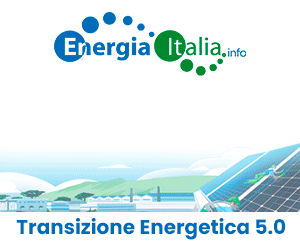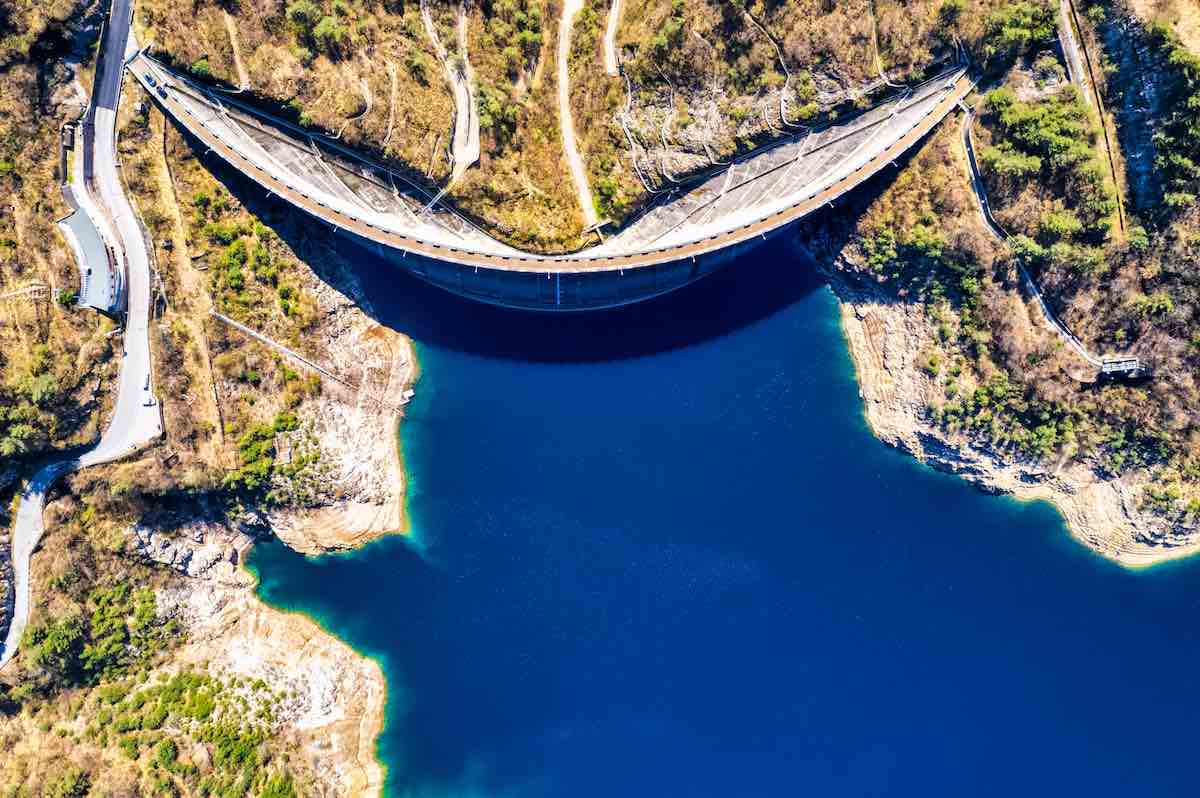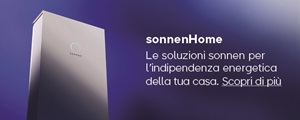It is technically possible to construct an energy system which is not based on coal, oil and natural gas. This has been confirmed in a report issued by the Danish Energy Agency entitled “Energiscenarier for 2020, 2035 og 2050” (Energy Scenarios for 2020, 2035 and 2050), which calculates the additional costs of an energy supply independent of fossil fuels at between DKK 6 and 29 bn. in 2050, depending on the choice of green energy system.
Read the summary – Energy Scenarios for 2020, 2035 and 2050
The parties behind the energy agreement agreed in 2012 to draw up five energy analyses of the electricity grid, district heating, bioenergy, biogas and the gas infrastructure. The analyses are to contribute to ensuring that conversion of the energy system to renewable energy is as cost-effective as possible. As a supplement to the sub-analyses, an energy-scenario report has been prepared which comprises a common analysis framework, aiming at ensuring cohesion between the different sub-analyses.
The energy-scenario report confirms that, as the conversion will take time, shortly after 2020 it will be necessary to decide whether the future energy system is to be an electricity-based wind-power system or a fuel-based biomass system. A wind-based fully electrified system will have good fuel supply security, but will be challenged in terms of security of electricity supply. On the other hand, a bioenergy-based system will require large imports of biomass and it will be challenged in terms of fuel supply security and sustainability.
Danish security of electricity supply is among the top three in Europe, with plenty of capacity at the thermal plants, a high proportion of underground cables in the distribution grid and extensive cross-border connections. The report analysing the functionality of the electricity grid shows that it will be possible to maintain security of supply at the current level for the next 10 years without new political initiatives other than those in the 2012 energy agreement.
However, developments in eastern Denmark are sensitive to changes in assumptions about thermal capacity and cross-border electricity connections, including the significance of delays in start-up of the planned cross-border connection linked to the Kriegers Flak wind farm. This is not expected to affect security of supply, as if delays happen Energinet.dk will introduce alternative initiatives, e.g. via strategic reserves in order to secure capacity as a transitional measure until Kriegers Flak comes online.
Read the summary – Functionality of the electricity grid
Biomass will account for a significant part of the energy mix in the energy system of the future. The analysis from the Danish Energy Agency on bioenergy in Denmark assesses that, in the short term, use of bioenergy will imply low emissions of greenhouse gases, as to a large extent consumption will be covered by residues and waste products and the large power plants will be able to procure biomass with a favourable climate profile. However, in the longer term, greater consumption of biomass for energy and transport will mean that there is a risk of increasing negative climate impacts if global climate regulation is not implemented.
Read the summary – Bioenergy in Denmark
Consumption of natural gas is expected to fall dramatically from 2020, as coal and natural gas are phased out in electricity and heat supply. Instead, it will increasingly be possible to use the gas system to distribute renewable-energy gases such as biogas. This is apparent from the analysis of the future use of the gas infrastructure.
Read the summary – The gas infrastructure
The Biogas Taskforce under the Danish Energy Agency is monitoring developments in biogas and it assesses that biogas production will more than double up to 2020. The reasons behind this include the new support in the energy agreement to upgrade biogas for use in the natural-gas system, and this has meant that extensive upgrade projects are now underway.
Read the summary – Biogas in Denmark
There is very little reason to extend the district-heating system to cover new areas. However, the analysis on the role of district heating in future energy supply assesses that it will be cost-effective in the existing district-heating areas to link customers who do not already have district heating to the district-heating grid. Although district-heating cover is thus expected to rise, overall consumption of district heating will drop compared with today because of energy-efficiency improvements. Coal and natural gas in production of district heating will be phased out and replaced with heat pumps, solar heating and biomass.
Read the summary – District heating in future energy supply
Reprinted from materials provided by Danisk Energy Agency





























